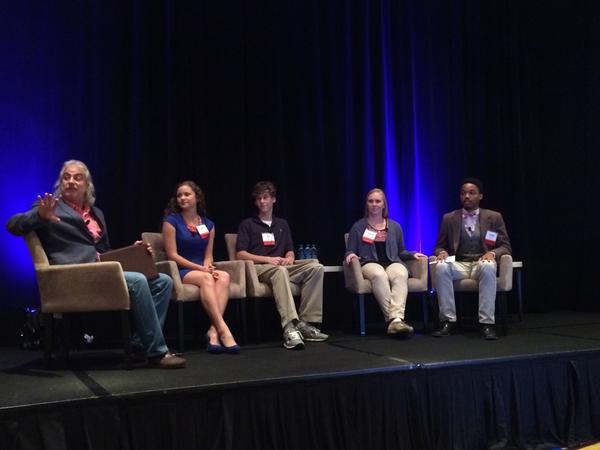This week we launched our fourth annual Innovation Hunt for
Ideas. Using cutting-edge crowdsourcing software, all employees of the
Minnetonka Public School system are invited to share their ideas on how to
improve our educational system. Each year, the “Hunt” has evolved and the
process for collecting, developing, and vetting ideas continues to improve.
Last year, we added Innovation Coaches at each site to personalize the
innovation process and support our Idea Champions. This year, we allowed Idea
Champions to self-select the size of the idea as well as to identify the primary
audience. In this way, apples will be compared to apples and oranges to oranges
when we enter the second phase, Pairwise.
While I always am amazed by the transformational ideas
presented by our staff, I am equally inspired by the incremental ideas. Just
yesterday one of our elementary teachers shared an issue that she has noticed
with our kindergarteners. Frequently, our youngest students are anxious about
school, and forget where to go and who is who. While we host kindergarten
round-up and provide support for these new students, this teacher suggested
creating building-specific videos that show students the ropes at their new
schools.
The beauty of this idea is that it actually solves several
other challenges the author hadn’t even considered. At each of our elementary
schools we have Immersion programs. When our kindergarteners arrive on their
first day of school they are challenged not only with learning how to “do
school” they’re learning it in a second language. Viewing these videos at home
will maximize their learning time right off the bat. And we always have
students who move into a school during the year; these videos will welcome them
and help them become more familiar with their school before their first day.
This is just one of over 35 small ideas intended to improve efficiency, improve communication, and make school a more relevant place for our students. Another 60 ideas requiring more resources have also been shared. Over 350 staff members have participated in this first stage of our idea hunt. I am humbled by our teachers, paraprofessionals, office
managers, technology support staff, and administrators courageously posting
their ideas and helping colleagues develop their ideas through their comments and suggestions.


